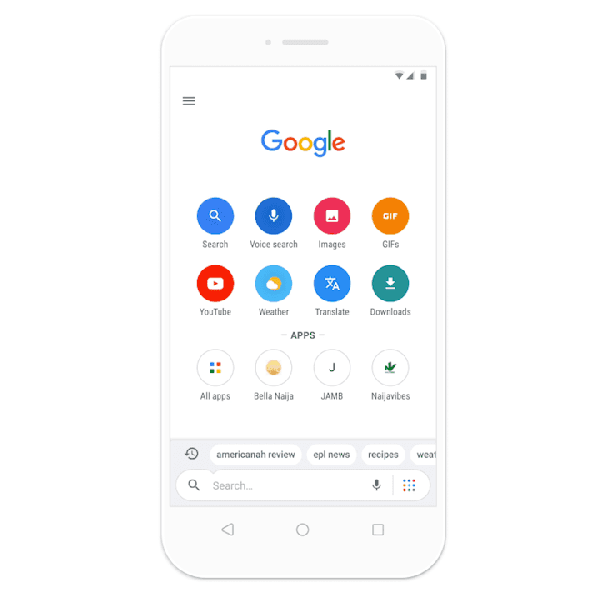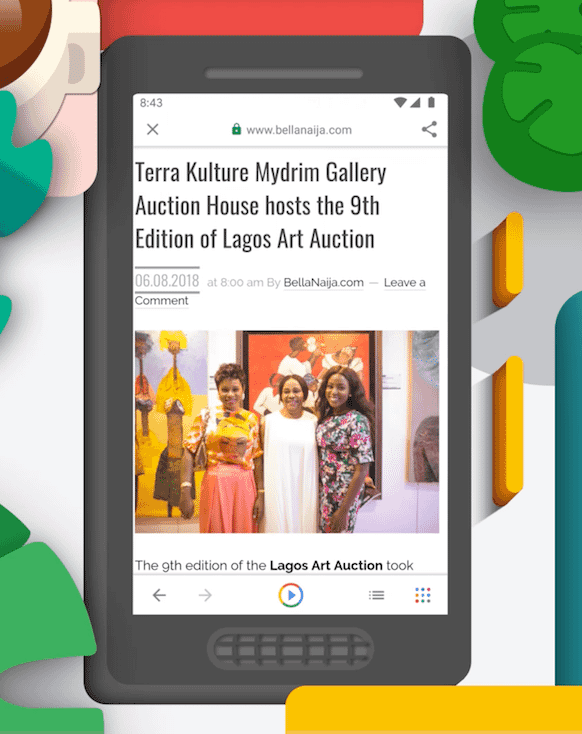testsetset
Google today announced that the light version of its search, called Go, can now read virtually any website to you. The Go app can now read content in more than two dozen languages, allowing more people to listen to articles and web pages.
The service was made for people interested in listening to long-form articles, news stories, or any other web content, and is similar to an ebook reader with pause, play, and 2 times speed control. The service is also helpful for people with visual impairments or who are busy and have trouble finding time to read.
By contrast, Amazon’s Alexa can read Kindle books that don’t already have a narrator attached.
In the future, the same text-to-speech systems could be used to read content in other popular Google apps or services, Google VP Yossi Matias told VentureBeat in a phone interview.
June 5th: The AI Audit in NYC
Join us next week in NYC to engage with top executive leaders, delving into strategies for auditing AI models to ensure fairness, optimal performance, and ethical compliance across diverse organizations. Secure your attendance for this exclusive invite-only event.
“This presents some interesting opportunities in the future, as is the case for many other forms that we are using TTS, which is how to improve the experience, how to make it more natural, how to adapt it, how to personalize it. These are kind of interesting directions that we may be exploring in the future,” he said.
Matias works at the intersection of search and artificial intelligence and is head of the Google R&D Center in Tel Aviv, where engineers work on research related to Google Trends and Duplex.
The reader for Go released today should be considered the first step, Matias said. Engineers are continuing to explore ways to make the service more natural and personalized.
Various forms of AI are used to carry out text-to-speech technology, as well as identifying the correct path of a page and deciding what not to read. Descriptions of images in web articles are also being considered for future versions of the Go app.
Google engineers are working on the dictionary experience in search, and since the reader pronounces each word while highlighting the word in real time, it could also be used to teach people new languages, Matias said.
“At this time, we are starting with the basics,” he said. “As we think about more of the research aspects of text understanding, being able to analyze and decide what to read, there are some interesting questions that one can envision in the future. One is summarization, another one is [getting] me to the part that is of most interest to me, if we’re talking about long text.”
The reader for the Go app uses WaveNet speech synthesis to imitate an expressive human voice and is available in 26 languages. The light version of the Google search app is currently available in 28 countries, including Brazil, Indonesia, India, and many African countries, including Nigeria, Kenya, South Africa, and Ghana.

News that the Go app reads articles and websites for you was announced today at the Google 4 India event. The announcement comes a week after Google VP Scott Huffman said Google Assistant usage in India has gone up 3 times this year.
Go that reads is the latest use of conversational AI to democratize access for information for people in developing countries.
Earlier this year, Cainkade Studio — in partnership with the Colombian government — launched My Line to make Google Assistant available to answer questions over the phone.
Speaking last week at VentureBeat‘s Transform conference, Uber head of product Jairam Ranganathan talked about potentially using conversational AI to automate Uber ridesharing services in parts of the world where people may be more interested making calls on a phone than using a smartphone app.


